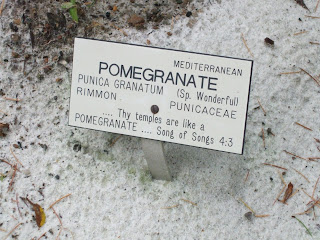 This cheerful place setting greeted us as family and friends gathered around the tea table.
This cheerful place setting greeted us as family and friends gathered around the tea table. Favorite tea selections were made, and then we were directed to the piano to select a special cup.
Favorite tea selections were made, and then we were directed to the piano to select a special cup.
Afternoon tea started with a delicious salad that featured cranberries and sunflower seeds topped with a flavorful vinaigrette.  The tea tray included egg salad on wheat bread, cucumber with mint butter, and black olives and hummus on pita bread. Cranberry scones with cream and jam were also included. Assorted desserts included petit fours, lemon squares, and tiny chocolate truffles. Delightful!
The tea tray included egg salad on wheat bread, cucumber with mint butter, and black olives and hummus on pita bread. Cranberry scones with cream and jam were also included. Assorted desserts included petit fours, lemon squares, and tiny chocolate truffles. Delightful!
 The tea tray included egg salad on wheat bread, cucumber with mint butter, and black olives and hummus on pita bread. Cranberry scones with cream and jam were also included. Assorted desserts included petit fours, lemon squares, and tiny chocolate truffles. Delightful!
The tea tray included egg salad on wheat bread, cucumber with mint butter, and black olives and hummus on pita bread. Cranberry scones with cream and jam were also included. Assorted desserts included petit fours, lemon squares, and tiny chocolate truffles. Delightful!






.JPG)
.JPG)
.JPG)
.JPG)
.JPG)

.JPG)


.JPG)

.JPG)
.JPG)
.JPG)



.JPG)
.JPG)
.JPG)
.JPG)
.JPG)
.JPG)
.JPG)
.JPG)
.JPG)
.JPG)
.JPG)
.JPG)
.JPG)
.JPG)
.JPG)
.JPG)